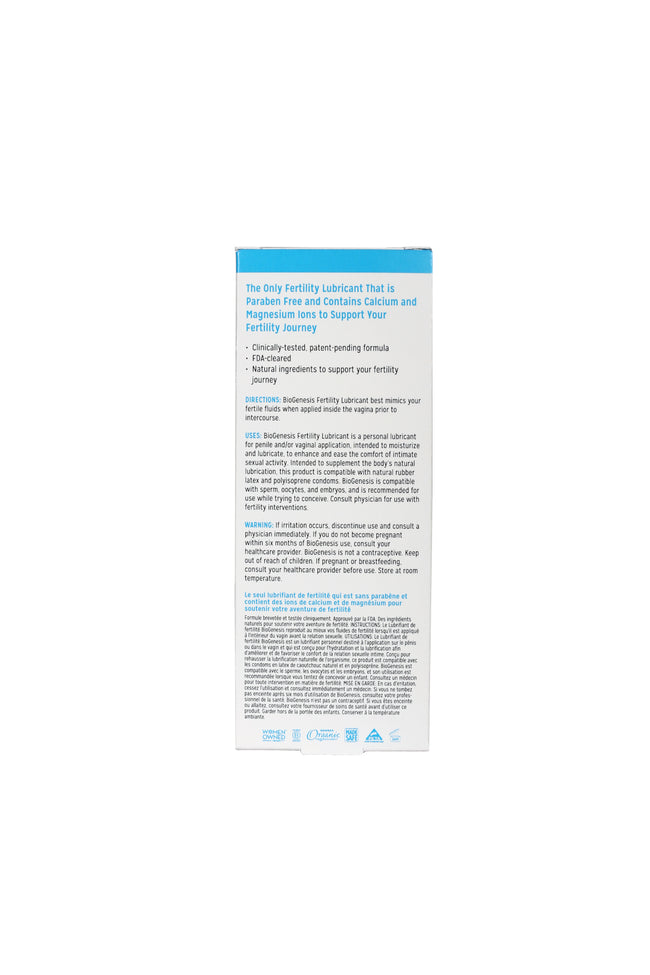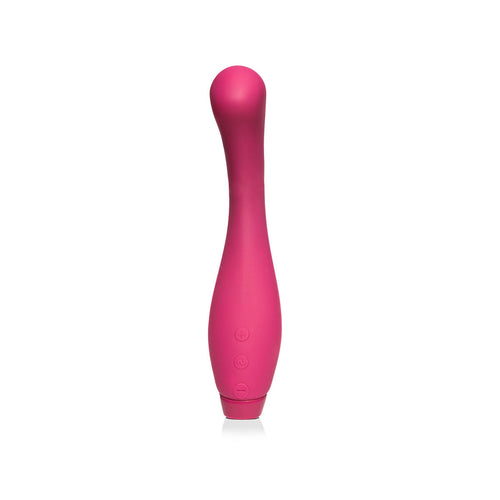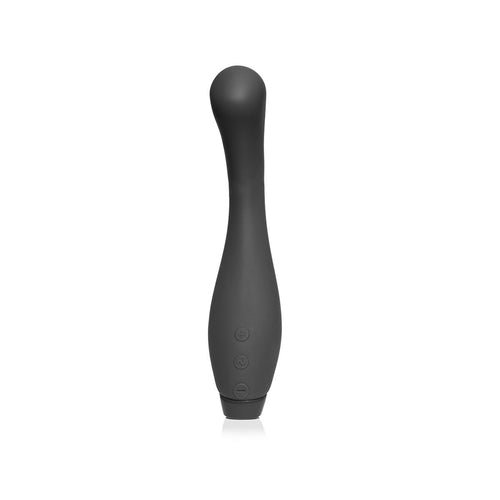Vaginismus
What is Causing Pain During Sex?
Vaginismus is a condition marked by involuntary contractions of the pelvic floor muscles that surround the vagina. These involuntary muscle spasms can range from mildly uncomfortable to severely painful. The answer to what causes Vaginismus can be straightforward or complex. This is traditionally considered a sexual dysfunction tied to emotions, memories, or anxiety about vaginal penetration. Even if this is the root cause, it may not be apparent when pain during sex first occurs. A woman may either not remember past physical or sexual abuse or trauma or may have felt she has already dealt with it. In addition, vaginismus can occur in those who have had no sexual abuse in the past at all.
Vaginismus and its pain during intercourse can be considered situational. This means that a woman may not be able to have intercourse, but may be fine while inserting a tampon. She may not be able to have a pelvic exam or have intercourse at all. It is important to remember that a woman does not purposely control or will the tightness to occur; it happens involuntarily. Vaginismus is frustrating, emotionally defeating, and can be very devastating for a woman and her partner, because it can come and go and can seem to control an intimate and personal life.
The Two Types of Vaginismus:
Primary Vaginismus
Never being able to have pain-free intercourse
Secondary Vaginismus
Developing pain after trauma, childbirth, surgery or menopause
Knowing what kind of Vaginismus a woman is suffering from will help aid in treating it. Vaginismus is indeed treatable with the aid of drugs, treatments, and/or surgery.
Treatments for Vaginismus
Although Vaginismus can seem extremely frustrating and the afflicted may start to believe that there is no help in sight, there is hope! There are many things that can be done. One great approach in taking control that works for some people (but not all) are kegel exercises.
How to Exercise Kegels (or the Pelvic Floor)
Kegel exercises allow a woman to identify, selectively control, exercise, and retrain the pelvic muscles to reduce pain and tightness upon attempted penetration.
To perform Kegel exercises:
- Contract the pelvic floor muscles
- Hold for two seconds
- Relax
It is advisable to practice doing 20 contractions at a time. Kegel exercises can be done at any time. After a few days, the exercises can be repeated by inserting one’s own finger into the vagina, starting with one finger and working up to three.
Short fingernails and lubricant are highly recommended. Fingers must be inserted at least 5-6 cm so one can feel the pelvic muscles contracting. Refrain from using a partner’s fingers because it would be easy to associate the exercise with pain.
Using dilators
Progressive desensitization is a technique that uses vaginal dilators to teach women how to override involuntary contractions so the pelvic floor can relax and respond to sexual penetration.
Dilators come in graduated sizes so a woman can comfortably transition to the stage where she is ready for intercourse without pain or discomfort. Although it is advisable to use a lubricant when inserting dilators, remember that lack of arousal is never the issue, even though it is advisable to add lubrication to this practice.
Talk therapy to examine fear
Psychotherapy, talk therapy, sex therapy, EMDR (Eye Movement Desensitization and Reprocessing), and EFT (Emotional Freedom Technique) are all viable approaches for helping to ease fear, anxiety, trust about sex, and for releasing/reframing traumatic memories.




































































































